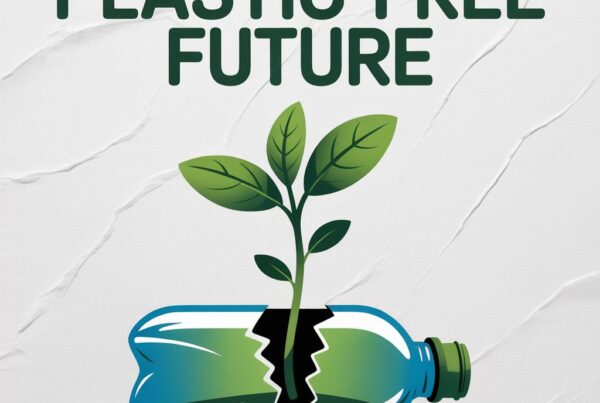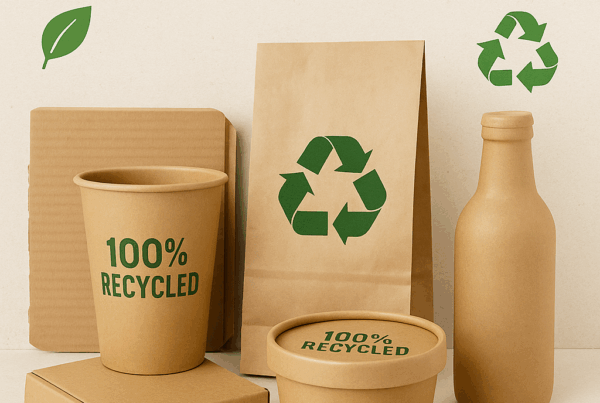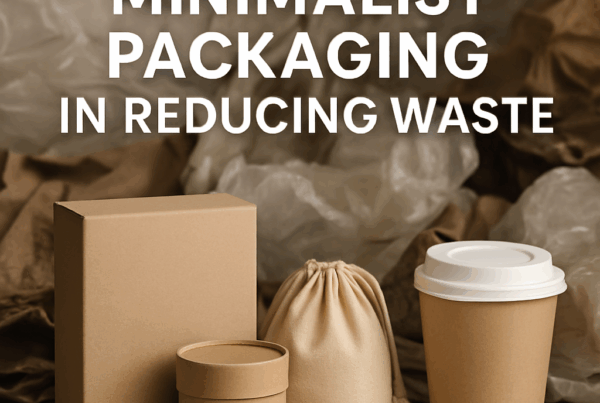Eco-Friendly Mailer Bags, Common Myths: Debunked
In recent years, eco-friendly mailers and bags in general have gained popularity as businesses and consumers alike strive to reduce their environmental impact. However, with this rise in demand comes a fair share of misconceptions. Are these bags truly as sustainable as they seem? Let’s debunk some of the most common myths about eco-friendly mailer bags.
In recent years, eco-friendly mailers and bags in general have gained popularity as businesses and consumers alike strive to reduce their environmental impact. However, with this rise in demand comes a fair share of misconceptions. Are these bags truly as sustainable as they seem? Let’s debunk some of the most common myths about these enviroment friendly bags.
Myth 1: Eco-Friendly Mailer Bags Are Less Durable
Reality: One of the biggest misconceptions is that sustainable mailer bags are flimsy or less durable than traditional plastic mailers. In fact, many sustainable mailer bags are made from materials like recycled polyethylene or biodegradable compounds that are just as strong, tear-resistant, and waterproof as conventional plastic bags. Some even outperform traditional options in durability tests.
Myth 2: All Eco-Friendly Mailer Bags Are Compostable
Reality: While some eco-friendly mailer bags are compostable, not all of them are. Many are made from recycled materials, which are still a more sustainable option than virgin plastic but may not break down in a compost bin. It’s important to read the labels and understand the specific environmental benefits of the bags you’re using. Compostable bags require specific conditions to decompose, so proper disposal is key.
Myth 3: Eco-Friendly Mailer Bags Are Too Expensive
Myth 4: They Don’t Make a Significant Environmental Impact
Myth 5: Eco-Friendly Mailer Bags Are Hard to Recycle
Myth 6: They’re Only for “Green” Businesses
Myth 7: Biodegradable and Compostable Mean the Same Thing
Final Thoughts
Eco-friendly mailer bags are a step in the right direction for sustainable packaging, but it’s important to separate fact from fiction. By debunking these myths, we can make more informed decisions and continue to push for innovations that benefit both businesses and the planet. Whether you’re a consumer or a business owner, choosing eco-friendly bags is a small change that can lead to big impacts. Let’s embrace sustainability—one package at a time!
Contact Colourstone obligation free on how to begin implementing and achieveing your sustainable targets.


